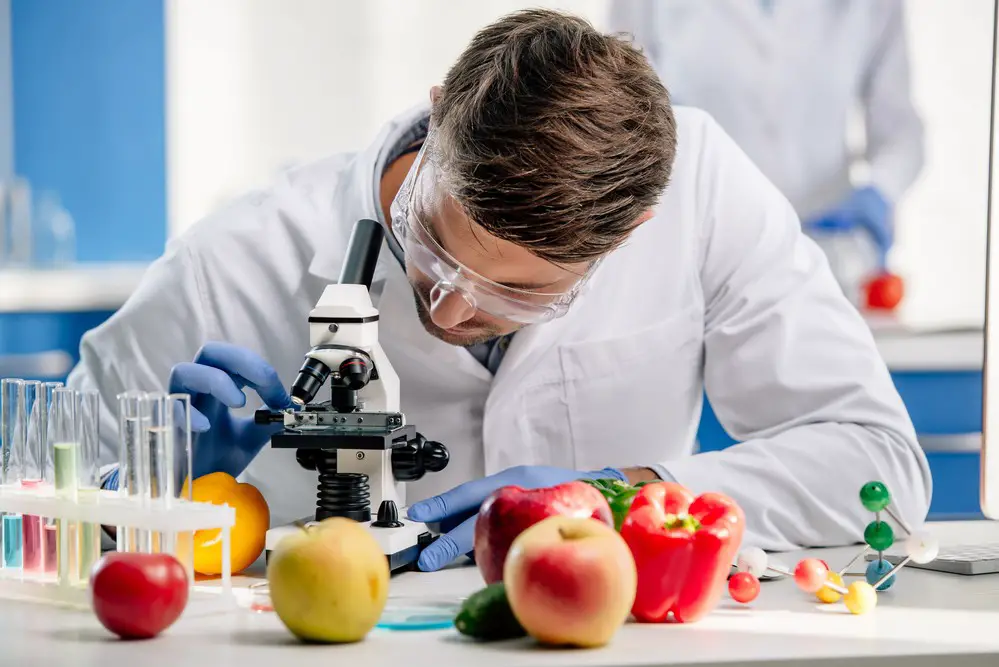Food contaminants are any dangerous substances unintentionally put in food, causing food contamination, which can severely affect food businesses and consumers. Food contamination can injure consumer health and compromise safety, drastically impacting a business’s reputation.
Food manufacturers should be aware of contaminants to safeguard consumer health and business image. Outlined below are the top five contaminants in the food industry.
1. Plastics
While plastics are a common material in food production, they’re also a contaminant. Plastic contamination comes in various forms, including:
- Scraper blades
- Gaskets
- Gloves
- Safety glasses
- Bandages
- Pens
Detecting as much as one plastic piece by a consumer can result in product recall, which can be costly. In addition, product recalls due to contamination issues can taint your company’s reputation, which may take years to rebuild. Although manual sorting and inspection are the first defense line for plastic contaminant detection, they aren’t effective.
The sheer product volume and human error can lead to different contaminants slipping through. Detection of plastics on x-ray is a more reliable option. However, you should depend on the latest technologies like Material Discrimination X-ray because standard X-ray systems may not always detect plastic due to its relatively low density.
2. Metal
Metal is another top food contaminant that can find its way into food production in various ways, including broken machinery pieces during production or product handlers’ lost jewelry. Metal contamination can harm consumer health if not detected, resulting in complaints, fines, and lawsuits. Besides costing your company a lot of money, it also injures its reputation.
Fortunately, metal contaminants are easy to detect. With the help of metal detector systems, you can spot these contaminants and ensure your products are safe for human consumption. You can also use X-ray systems to detect metal fragments such as wires and shavings.
3. Bones
Bone contamination is common in food manufacturing companies that deal with meat products. The nature of these products implies that bone can be found in products if not spotted before they get to the production line. While large bones are easy to spot by sight, smaller ones, like those in fish, are easy to miss during production.
If not identified and removed, bones are a choking hazard that can jeopardize consumer health and your reputation as a manufacturer. Investing in X-ray systems equipped with the latest technologies can help with bone detection during food processing.
4. Mycotoxins
Mycotoxins (naturally occurring chemicals) are produced by certain fungi or molds that appear on nuts, cereals, fruits, bread, and other foodstuffs. This contaminant can have long-term health effects on consumers, such as immune deficiency and cancer induction. Since mycotoxins can occur in deficient concentrations, the method used for their analysis and detection, including chromatography, should be sensitive and reliable.
5. Glass
Glass is another potentially hazardous contaminant in the food industry. This contaminant can find its way into your products in production, especially if you’re using glass items at any point. Your company should have measures in place for detecting and removing glass. If your food products are at a glass contamination risk, incorporating X-ray detection systems into your production line can help ensure they’re easily caught and removed before reaching the consumer.
Endnote
Awareness of the common food contaminants helps manufacturers find ways to ensure their products are safe for consumption. Familiarizing yourself with the food industry’s top contaminants can help you better protect your customers and business reputation.

